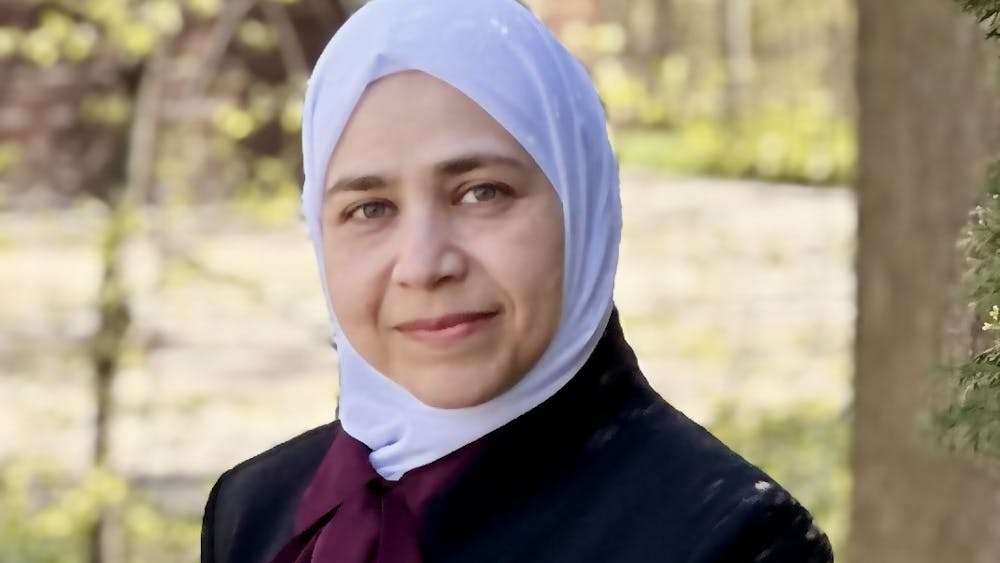CMU supports lifting cap on teaching hospitals' residencies, legislation proposed to change it
Third- and fourth-year medical students could be affected by a 1990s statute limiting residencies at teaching hospitals, leading schools such as Central Michigan University to advocate for a cap lift or increase.
CMU and 16 other schools are in the beginning stages of acquiring accreditation for a new medical school, according to the Liaison Committee on Medical Education website. But with a projected shortage of physicians nationwide, some might wonder where all the new medical graduates will go unless action is taken on the cap.
The Association of American Medical Colleges and CMU support lifting the cap on medical residencies to address the growing shortage. Christiane A. Mitchell, director of Federal Affairs at AAMC, said by 2015 there will be a shortage of 63,000 doctors in the U.S., increasing to 130,000 by 2025.
“The cap has not really changed since 1997,” Mitchell said.
Medical students complete residencies at teaching hospitals after they go through medical school. The Balanced Budget Act of 1997 set a cap on residencies. Mitchell said the residency cap limits the number of students who can do residencies, and the cap varies with each hospital.
Toby Roth, CMU director of federal programs, government relations and public affairs, said medical students at CMU will not be affected by the cap until 2015, when the students are in their third or fourth year of school. But CMU still supports the push for an increase to the cap.
Taking action?
The 1997 act did not reduce residency spots, Mitchell said, but it did limit the amount of money that Medicare could contribute.
She said AAMC has made recommendations to increase the medical school class size by 30 percent to address the physician shortage, though fears have circulated that the cap will be a hindrance.
“We believe that as the number of U.S. medical students graduating increases,” Mitchell said, “Medicare needs to increase the proportion of residency training spots.”
She said AAMC has tried to pass legislation that would lift the residency cap. She said Senate Majority Leader Harry Reid, Sen. Dick Durbin and Sen. Chuck Schumer supported an amendment to the health care reform bill that would have increased the number of Medicare-supported spots by 15 percent, but the amendment did not get far because of the cost.
“(Congress) fought very hard not to spend any more money,” she said. “We needed to cut a program or increase revenue.”
Despite those efforts, more recent legislation has allowed hospitals with unused residency spots to redistribute those spots to other hospitals.
Roth said the solution to the residency cap is going to require funding. However, he wonders how such funding questions will be answered in Congress. Roth said he believes it will take people noticing the physician shortage before Congress adopts legislation to raise the cap.
“I think what it’ll take is the constituents of the legislators having trouble finding physicians and writing their legislators,” he said. “We’re really feeling the impact in Michigan because of rural areas.”
Roth does not expect much progress over the next two years, he said, because Congress has been cutting funds for programs.
“I’m not hopeful this session of Congress will get anywhere,” he said.
Mitchell said AAMC will continue its efforts to lift the cap. She said 32 million people will get health care insurance over the next few years at the same time one in three doctors will retire.
The 15-percent increase would create about another 4,000 physicians a year, she said. It would not eliminate the physician shortage, she said, but it is a good start.
“The shortage is real and getting worse,” Mitchell said. “The financial obstacle is not going away and neither is the need for addressing the physician shortage.”




